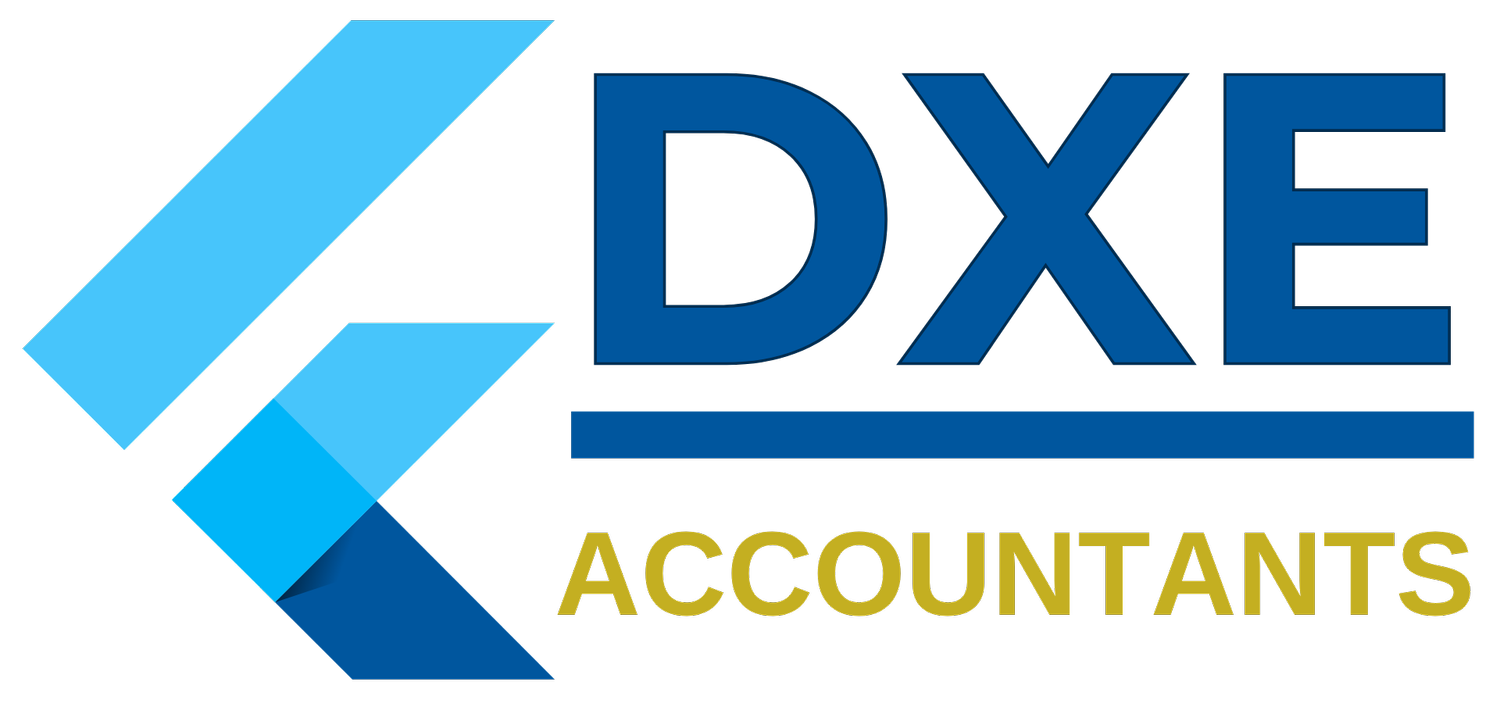Smart Budgeting for Small Businesses & Sole Traders
Managing your money well isn’t optional; it’s essential to keeping your business afloat and growing. Here’s a guide to help you build a budget that’s realistic, flexible, and tuned to your goals.
1. Separate Business & Personal Accounts
Keep finances distinct: a dedicated business account (or at least clear tracking in your software) simplifies taxes, audit prep, and cash flow management. Plus, banks often restrict business use of personal accounts.
2. Track Every Pound In and Out
Record income and all expenses e.g. rent, utilities, software subscriptions, marketing, travel. If it's part of your business, log it . Categorise transactions monthly so you can review, forecast, and flag issues fast.
3. Analyse Past Trends, Forecast Future
Use last year’s numbers to forecast seasonal patterns and recurring costs . Compare these projections with actuals monthly to stay grounded and flexible.
4. Build a Contingency Fund
Set aside 3–6 months of operating expenses. Unexpected costs or lean periods will be easier to absorb.
5. Categorise by Priority
Use techniques like MoSCoW or zero-based budgeting: classify costs as Essentials, Important, Optional, or Unnecessary. Protect the essentials like software, payroll, insurance, and question all non‑essentials.
6. Use Digital Tools & Apps
Tools like Xero, FreeAgent, QuickBooks, and Monzo pots automate bank feeds, reconciliation, VAT/MTD submissions, and budgeting reports. They can save you 10+ hours a month on finance admin .
7. Plan and Save for Tax
Set aside 20–30% of revenue each time you invoice: income tax, national insurance, VAT, corporation tax—all need preparation . Avoid unexpected shortfalls.
8. Review Regularly
Hold monthly or quarterly finance reviews. Look for budget variances, trimming opportunities, and cash flow warning signs. Adjust plans as income or costs shift.
9. Claim Every Allowable Expense
Businesses can claim home‑office costs, utilities, marketing, travel, equipment, clothing—even a portion of council tax if used for work. Keeping digital receipts helps at filing time.
🚀 Pro Tip: DIY Envelopes or Pots
Physical “cash stuffing” envelopes or digital pots help visualise savings targets—emergency fund, tax, bills. The method isn’t new, but it's effective.
Why This Works
Clarity & Control: Knowing exactly what’s coming in and out powers confident decisions.
Safety Net: Emergency funds and tax savings protect your business from shocks.
Growth Focus: With the basics automated and mapped, you can plan to grow or invest.
✅ Next Steps
Set up at least two pots/accounts: one for business, one for taxes (plus an emergency fund).
Pick one tool: Xero, FreeAgent, or QuickBooks to automate tracking.
Schedule a monthly review: compare forecasts vs. actuals and adjust.
Start building savings: aim for 10% of revenue monthly until your buffer covers 3 months.
Need help getting started? Contact us for a free budgeting audit and personalised dashboard setup. Get clarity, control, and confidence in your finances.


